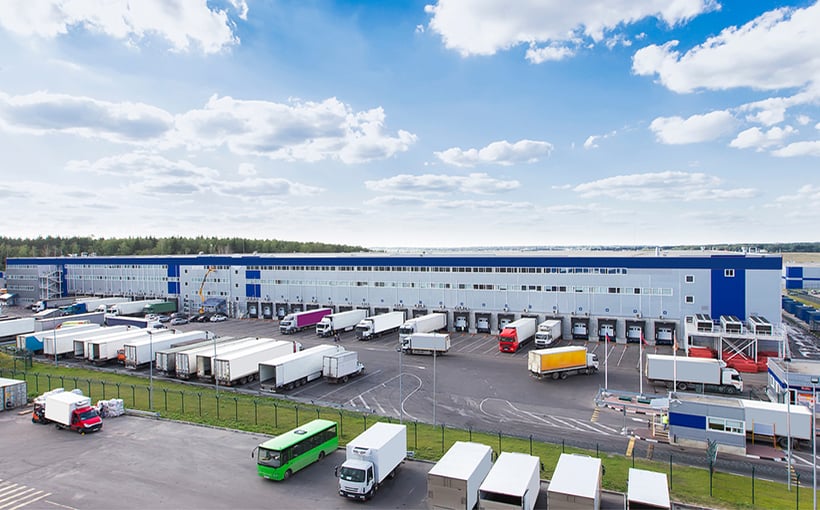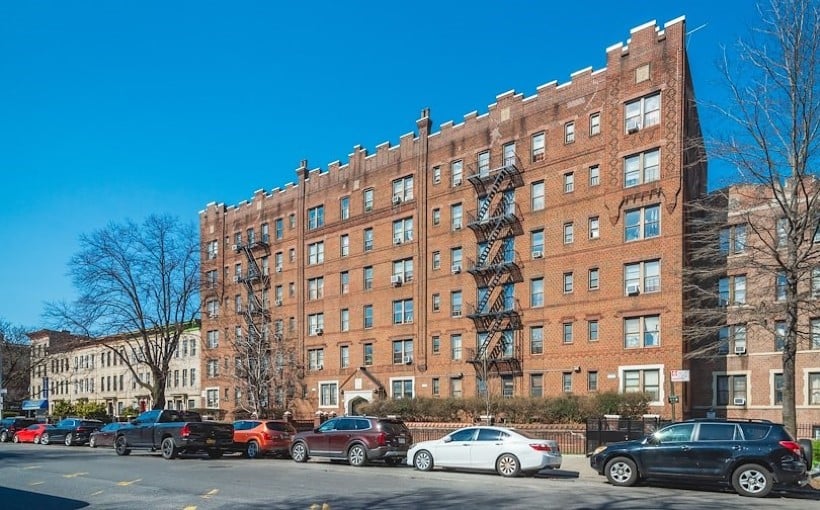A commonly thought belief is that the growing onshoring trend – in which manufacturers are pulling back from foreign locations and starting operations in the United States – will be a positive boost for industrial commercial real estate, especially warehouses. However, a recent report issued by CBRE suggests that this may not necessarily be true. The report warned that “through the lens of industrial real estate stakeholders, a more complex picture emerges” when analyzing the impact of imports and exports on warehouse space requirements.
To analyze this further, CBRE relied on Vector Error Correction Model (VECM) statistical method to examine short-run mode dynamics supporting exports. It was found that goods are typically produced then immediately moved to ports for shipment without being stored in warehouses; Just-in-Time (JIT) production also means goods are shipped straight away after being produced as per demand – both scenarios do not require warehousing services initially. After about 18 months however, demand for warehouse space increases due to companies needing buffer stock or diversifying their product range; if export demands exceed production capacity then manufactures might need additional storage spaces too – all factors driving up warehouse space requirement over time according to seasonality needs as well .
The takeaway from this report was thus: while there could be an initial dip in absorption due to increased imports/exports it is likely followed by increasing demand over time so stakeholders should aim towards equilibrium with strategies balancing continual import demands alongside longer term absorption generated through export activities..




